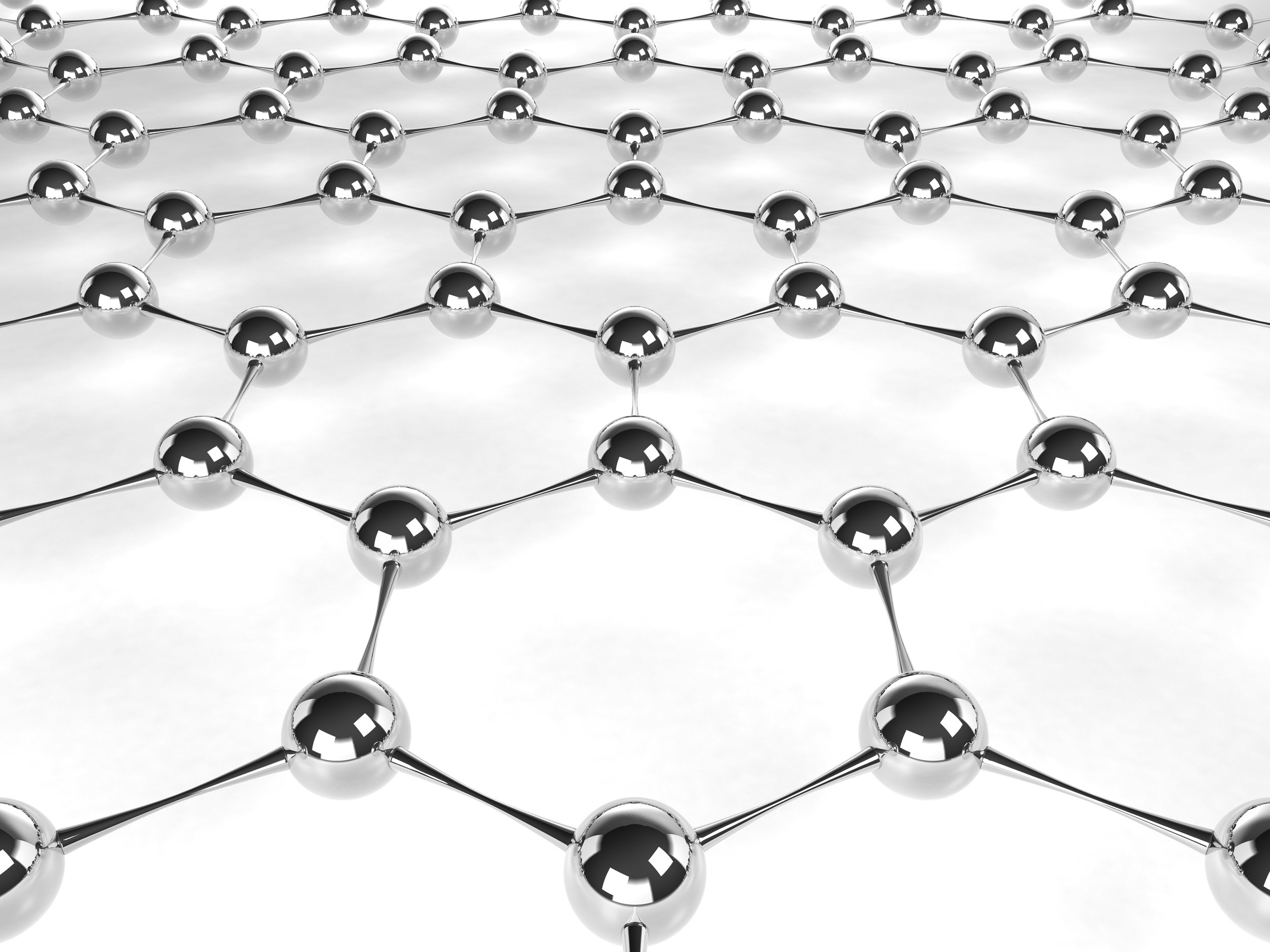New AI Method Improves Precision in Nanomaterial Analysis

The field of nanomaterials is advancing rapidly, driven by their diverse applications in areas such as medicine, electronics, and materials science. These materials, typically sized between 1 and 100 nanometres, exhibit unique properties that make them invaluable in developing new technologies.
However, accurately analysing their chemical composition remains a significant challenge due to their minuscule size and the complexities involved in studying them. Traditional techniques often struggle with issues such as noisy data and mixed signals, which can obscure the details needed for precise analysis. This challenge underscores the need for more reliable methods of chemical analysis, particularly as the use of nanomaterials continues to expand across various industries.
One of the common methods for analysing nanomaterials is energy-dispersive X-ray spectroscopy (EDX), often used in combination with scanning transmission electron microscopy. This technique can generate detailed maps of elemental distributions within a sample, offering valuable insights into the material's composition. However, the accuracy of EDX can be compromised by noise, particularly when dealing with such small objects. The resulting data can be grainy, with overlapping signals that make it difficult to distinguish between different materials, leading to potential errors in analysis.
To address these challenges, researchers have employed various techniques to 'clean up' the noisy data generated by EDX. Methods range from simple spatial filtering to more advanced machine learning approaches, such as principal component analysis, which aims to separate the noise from the actual signals. While these methods have improved the clarity of the data to some extent, they come with their own set of drawbacks. For instance, they can introduce artefacts or struggle to distinguish between chemical signals when they are very similar, potentially leading to inaccurate results.
Recognising these limitations, a team of scientists at EPFL—Hui Chen, Duncan Alexander, and Cécile Hébert—have developed a new machine learning-based method designed to enhance the clarity and accuracy of EDX data. This method, known as PSNMF (non-negative matrix factorisation-based pan-sharpening), represents a significant step forward in the chemical analysis of nanomaterials. By refining the data produced by EDX, PSNMF makes it easier to identify and quantify different chemical elements within a sample, even in the presence of significant noise.
The innovation behind PSNMF lies in its ability to leverage a particular characteristic of the data known as Poisson noise. This type of noise arises from the random nature of X-ray photon detection during EDX analysis. When an electron beam interacts with the sample, it produces X-ray photons, but the number of photons detected varies randomly, resulting in a noisy pattern. By addressing this Poisson noise, the researchers were able to significantly improve the signal-to-noise ratio in their data, though this initially came at the cost of spatial resolution.
The first step in their process involved combining data from neighbouring pixels to enhance the signal-to-noise ratio in the spectral data. While this approach improved the clarity of the spectral information, it also led to a loss of spatial detail, resulting in blurry images with larger pixels. To counteract this, the team applied a technique called non-negative matrix factorisation (NMF) to the enhanced dataset. NMF is a mathematical method that decomposes a large dataset into simpler, non-negative components, making it easier to identify patterns within the data. This step allowed the researchers to obtain clearer spectral data but at the expense of spatial resolution.
However, to preserve the high spatial resolution of the original dataset, the researchers repeated the NMF process on the unmodified high-resolution data. They initiated the factorisation using the spectral components identified in the earlier step, allowing them to maintain the detailed spatial information while also benefiting from the improved spectral clarity. The final result was a high-quality dataset that combined both high spectral fidelity and high spatial resolution, offering a much clearer and more accurate picture of the nanomaterials' composition.
To validate the effectiveness of PSNMF, the researchers tested their method using synthetic data that simulated real-world challenges, such as the analysis of mineral samples formed under extreme conditions. These tests demonstrated that PSNMF could accurately identify and separate different materials, even when they were present in very small amounts. When applied to actual samples, including a nanomineral and a nanocatalyst, the method successfully separated and quantified overlapping materials, highlighting its potential for practical applications.
The precise analysis enabled by PSNMF is crucial for advancing the understanding and development of new technologies that rely on complex nanostructures. As the use of nanomaterials continues to grow in fields ranging from advanced electronics to medical devices, the ability to accurately characterise their chemical composition becomes increasingly important. PSNMF represents a significant improvement in nanoscale chemical analysis, providing researchers with a powerful tool to study and utilise these materials more effectively.
As nanomaterials become increasingly integral to modern technology, methods like PSNMF will play a crucial role in ensuring that researchers can continue to push the boundaries of what these materials can achieve. This development at EPFL marks a promising step forward in the ongoing quest to better understand and harness the unique properties of nanomaterials, opening new avenues for innovation and discovery.
Author:
Alex Carter
Content Producer and Writer





